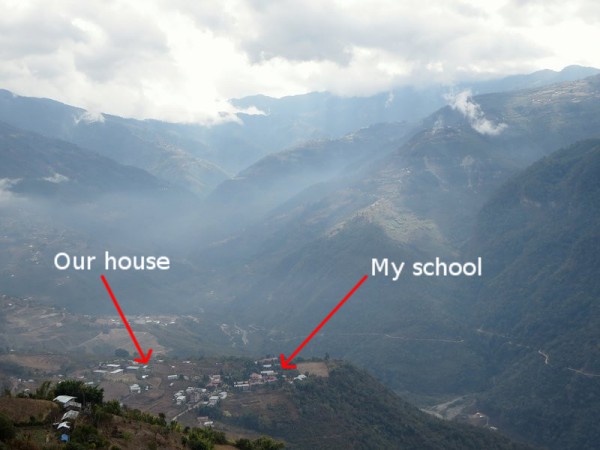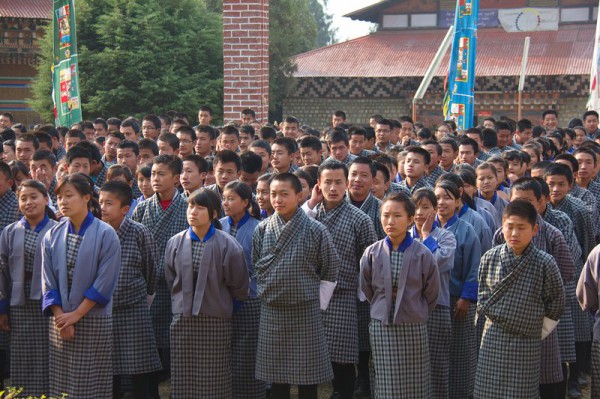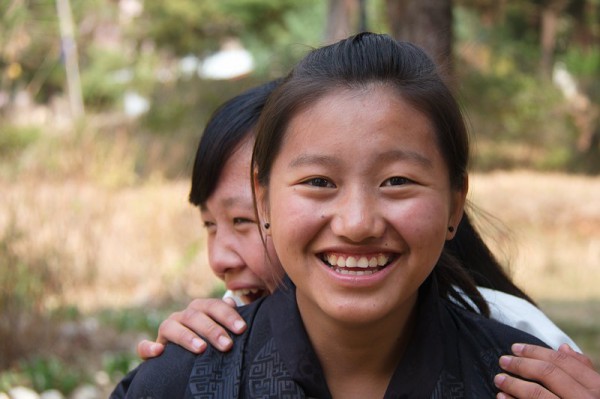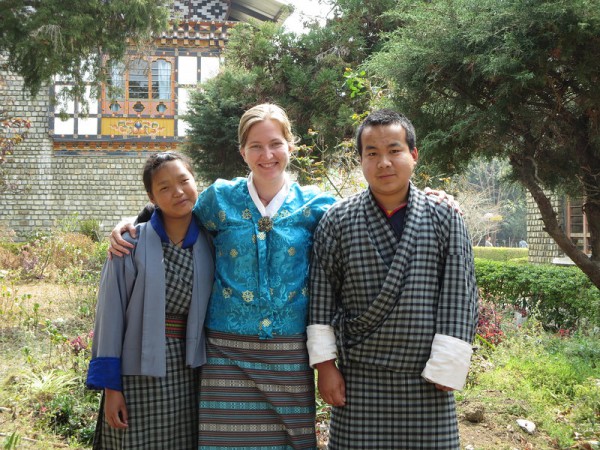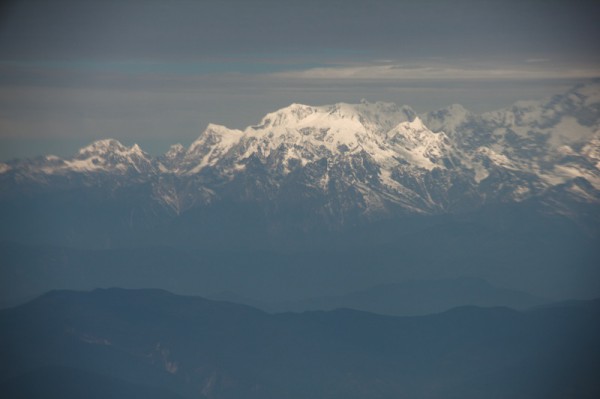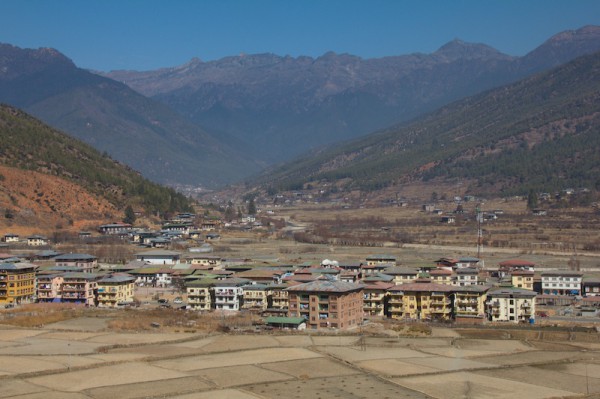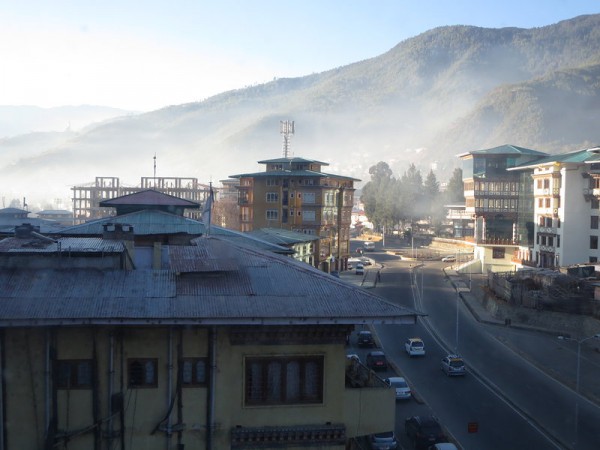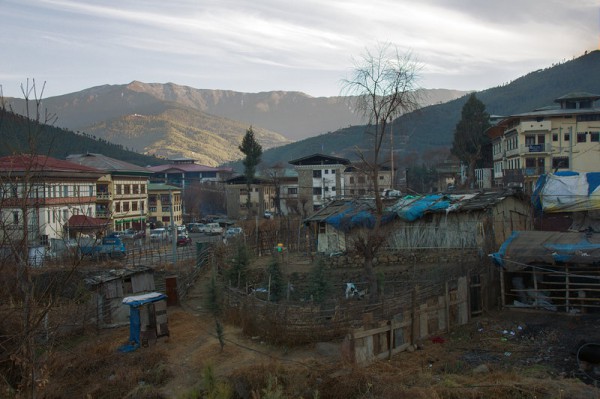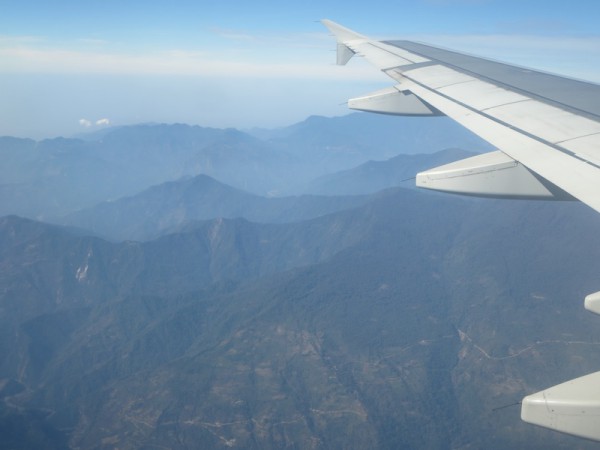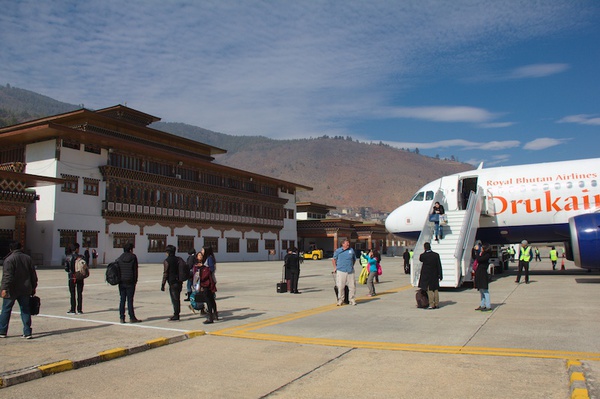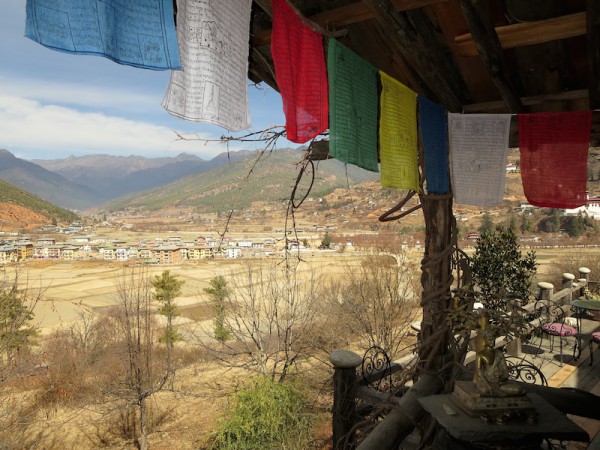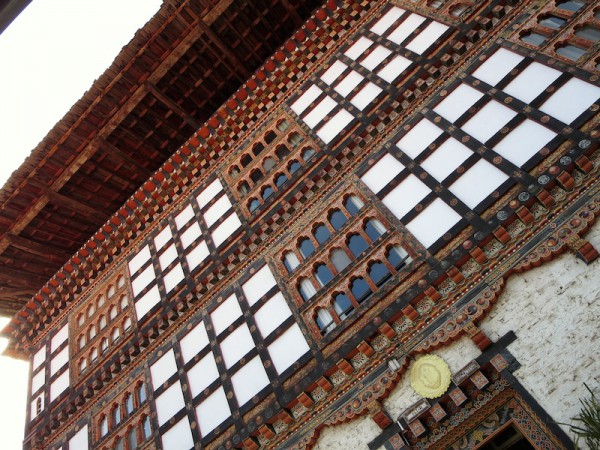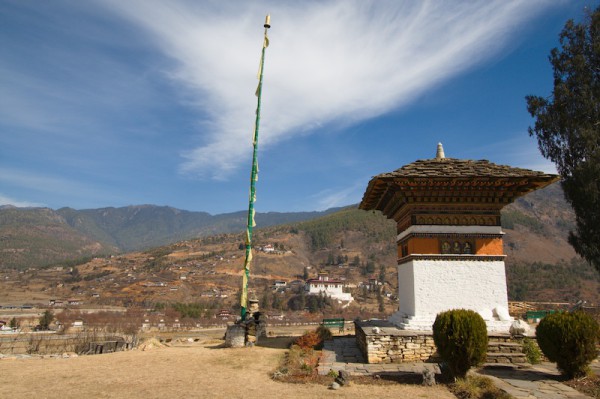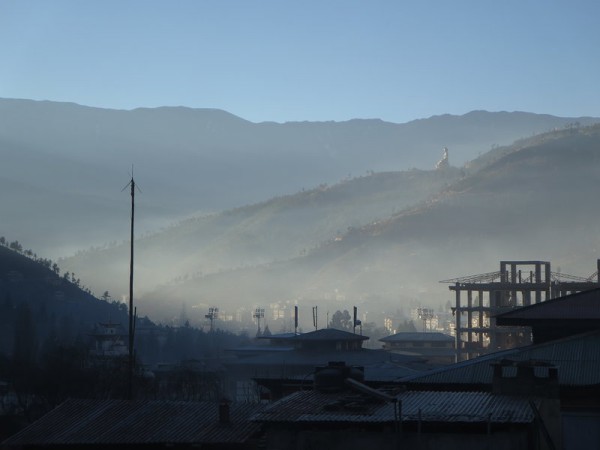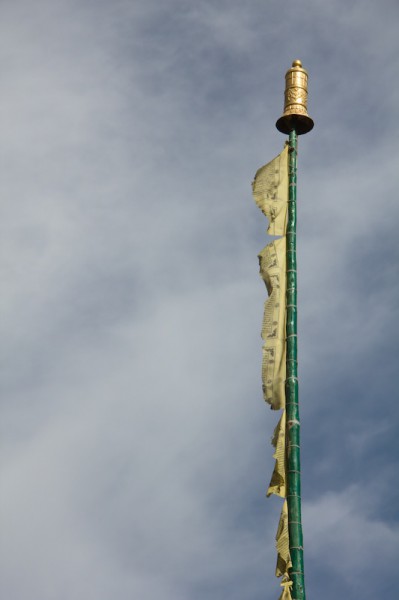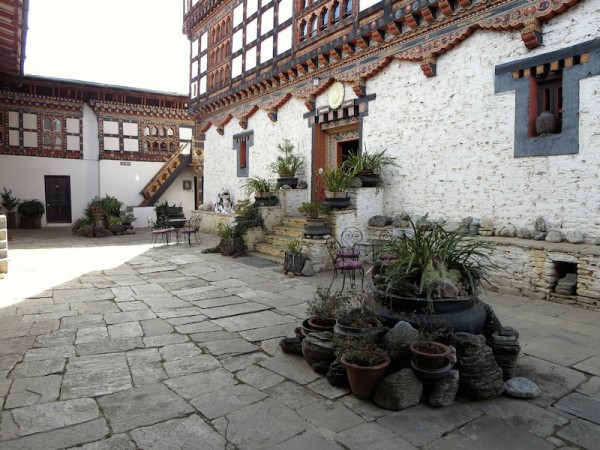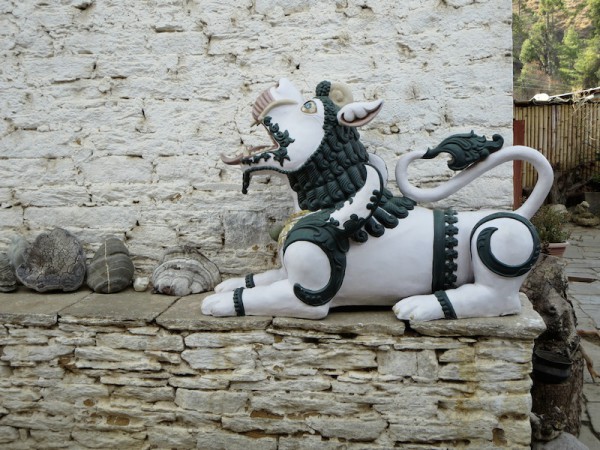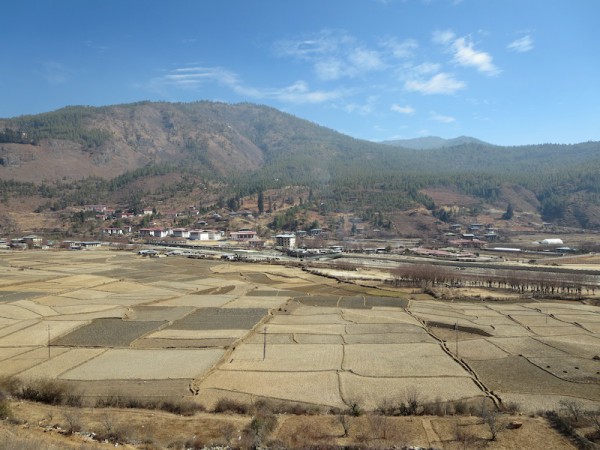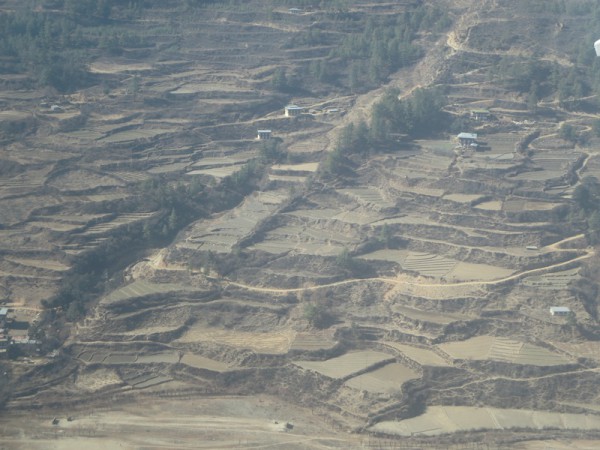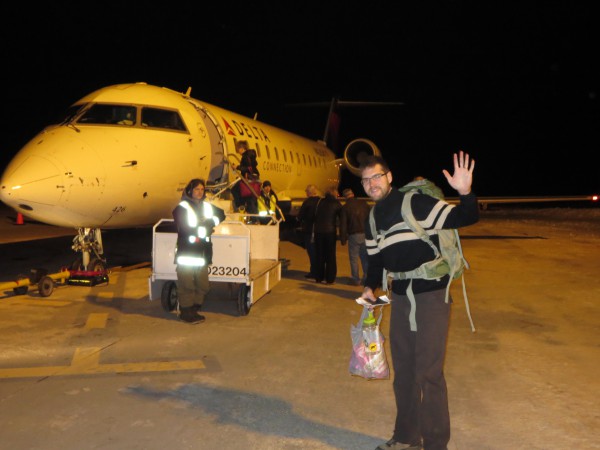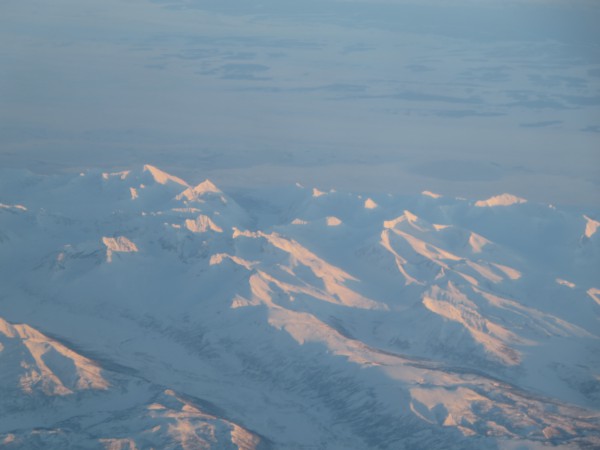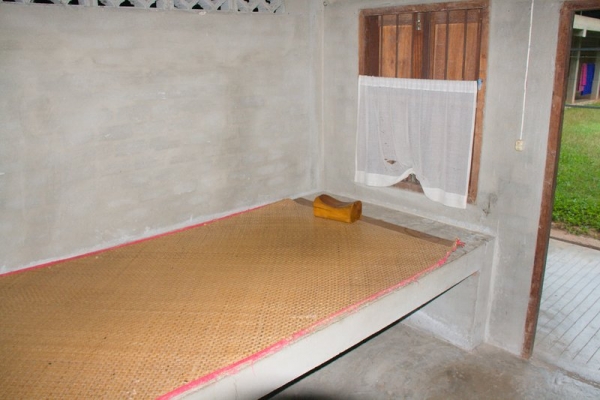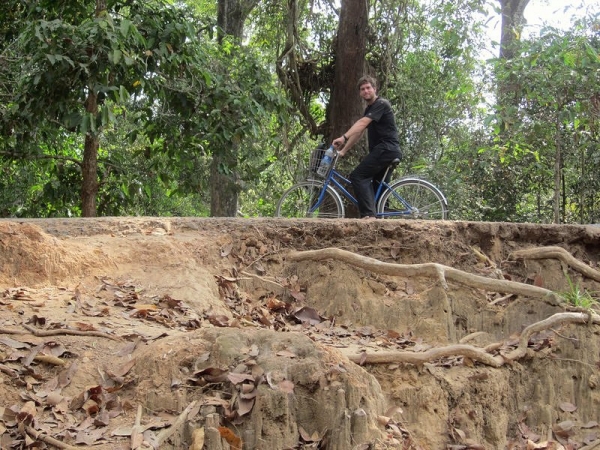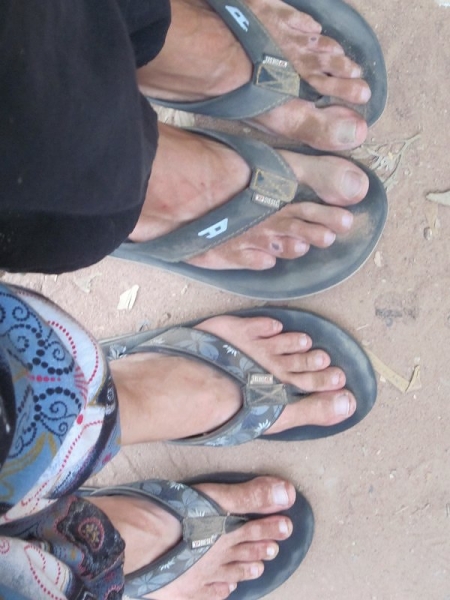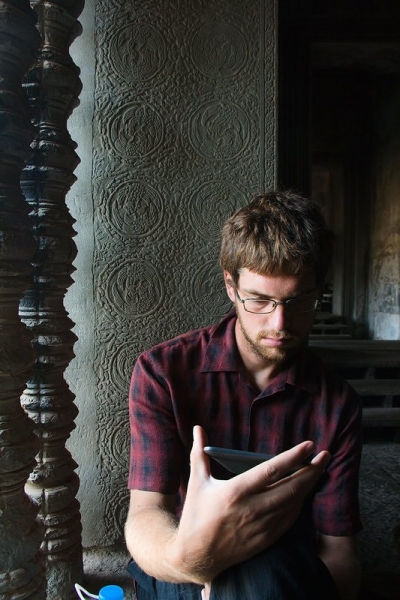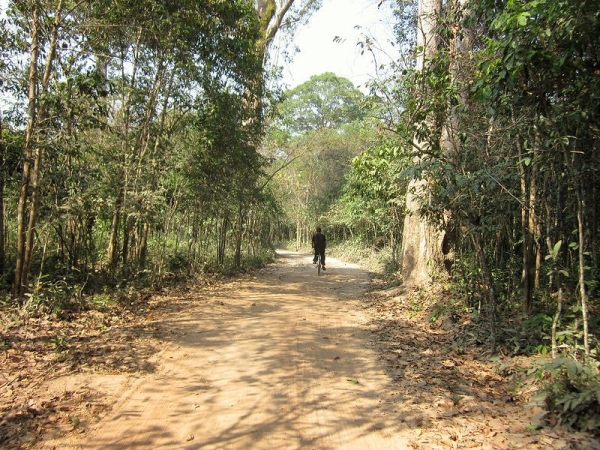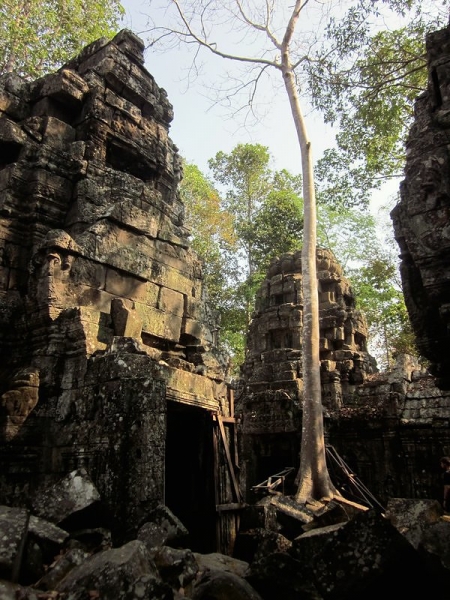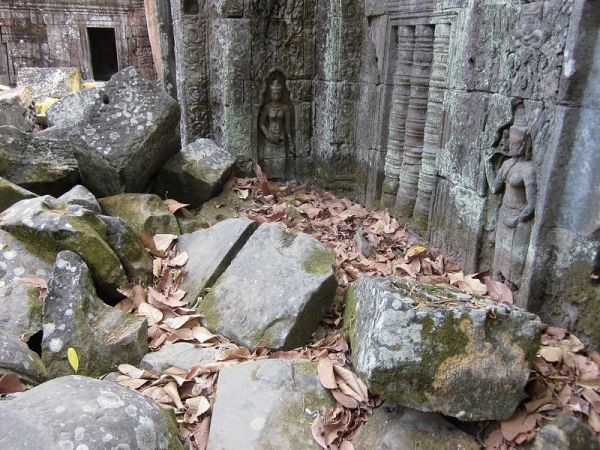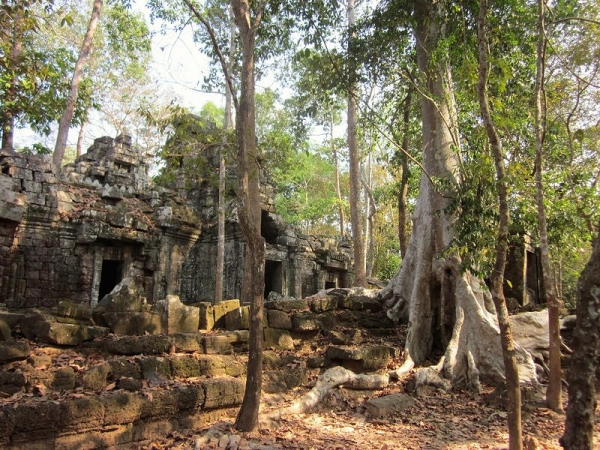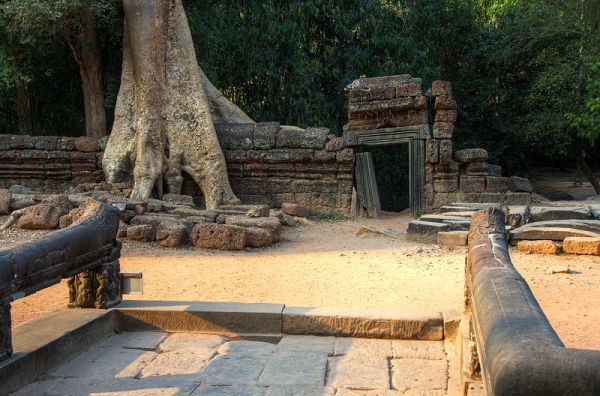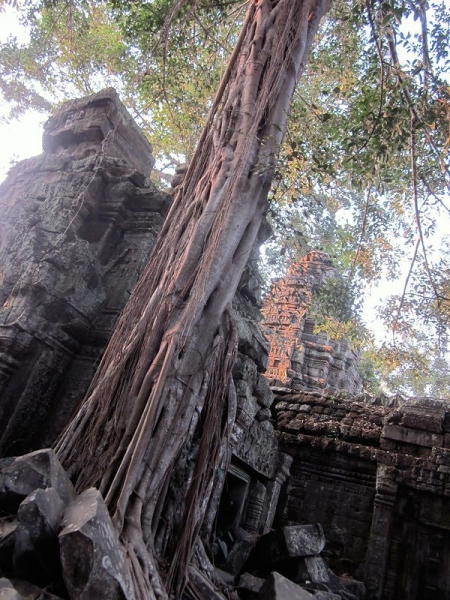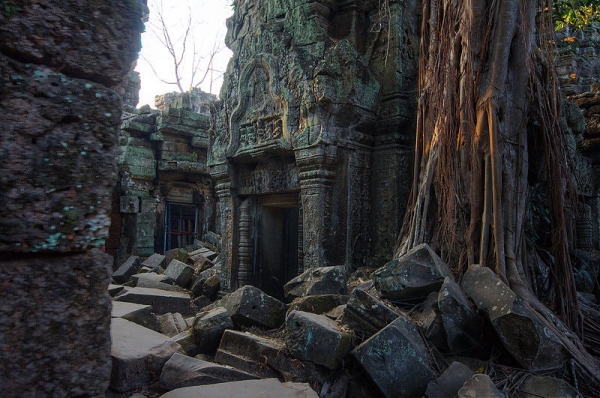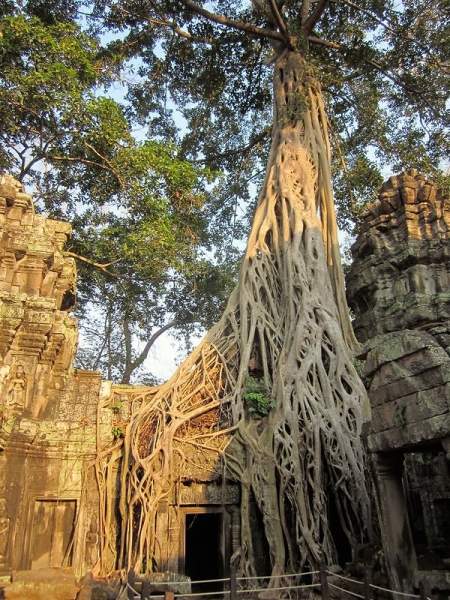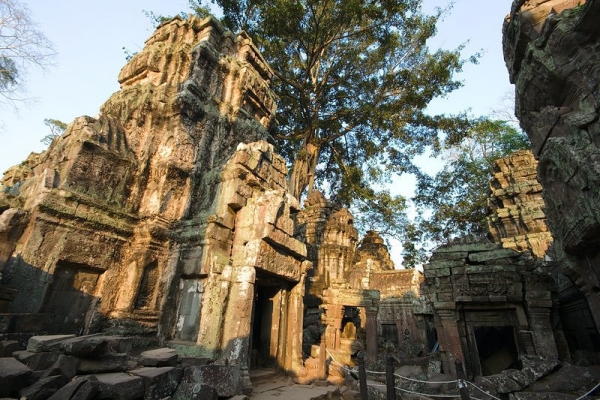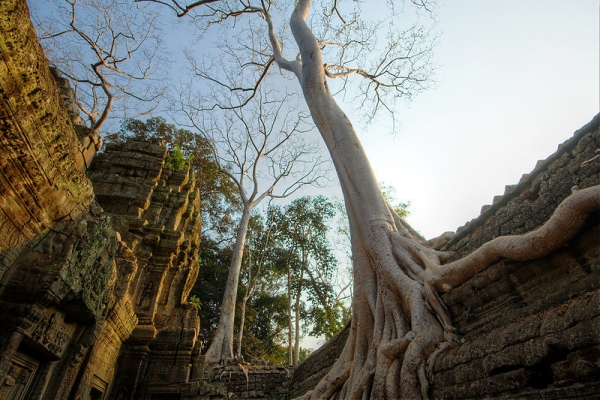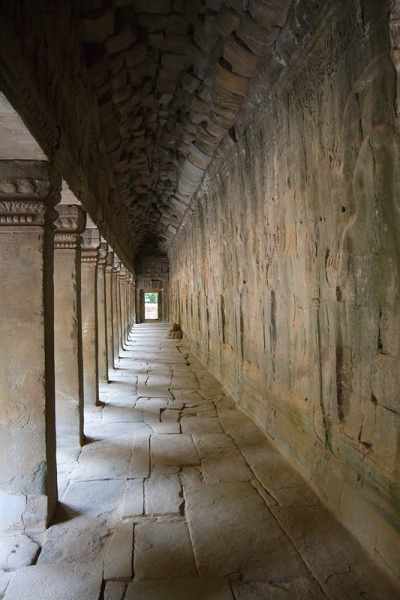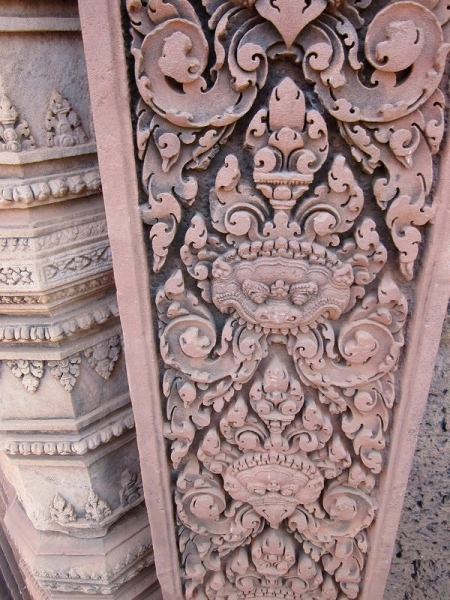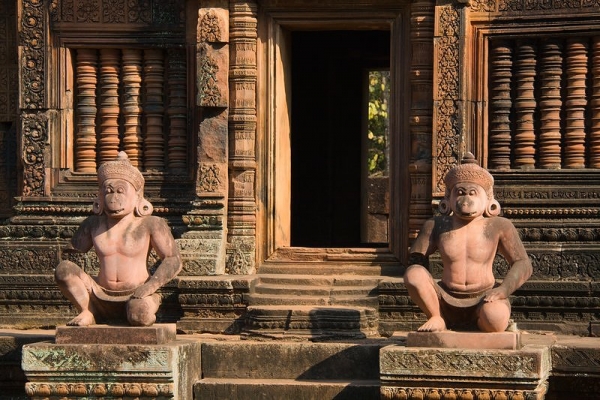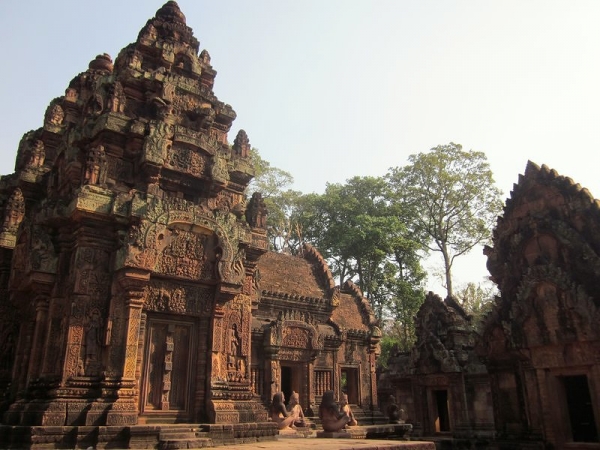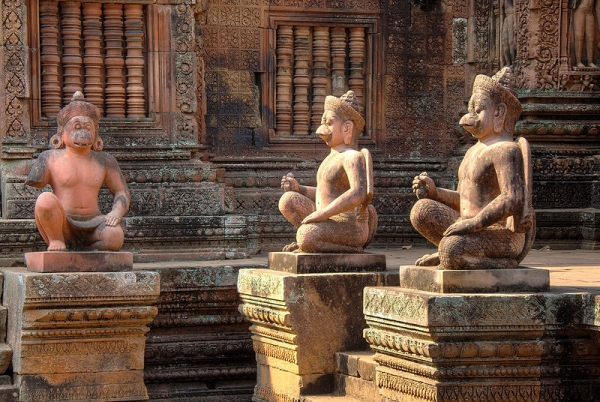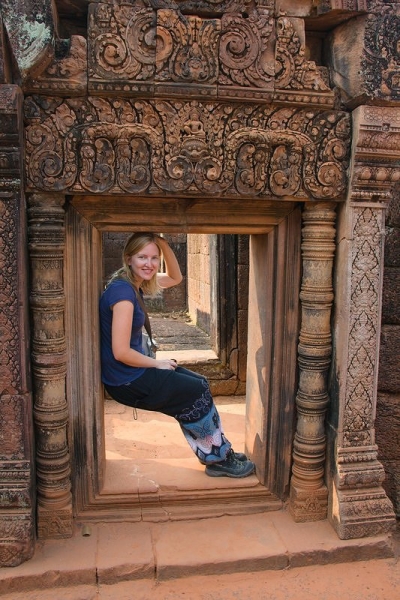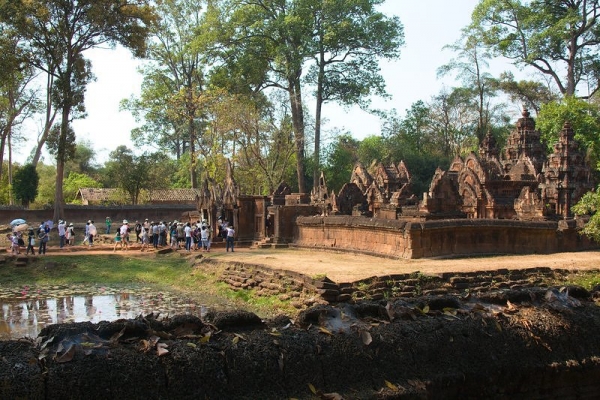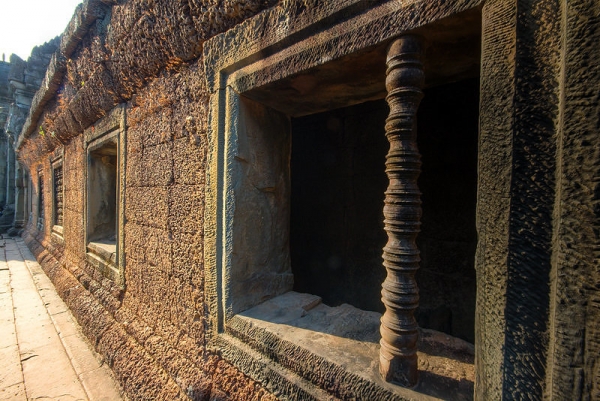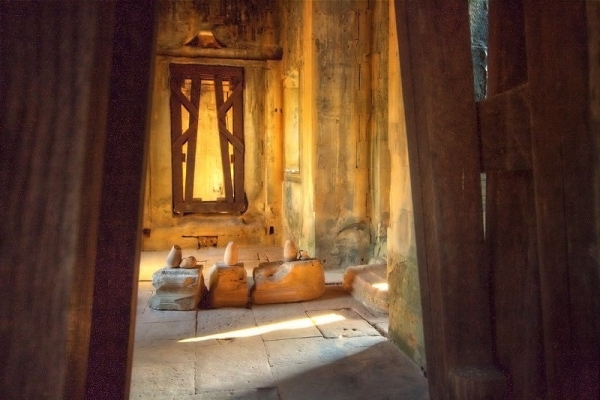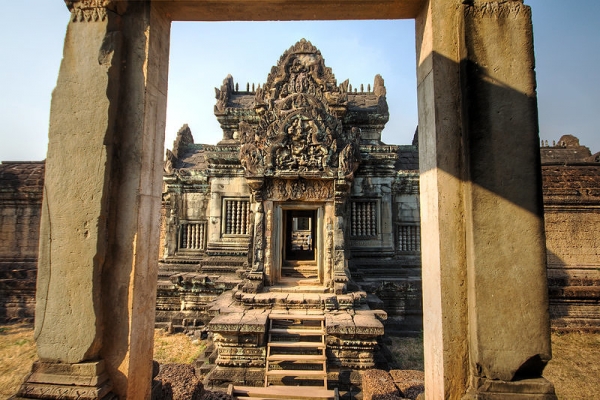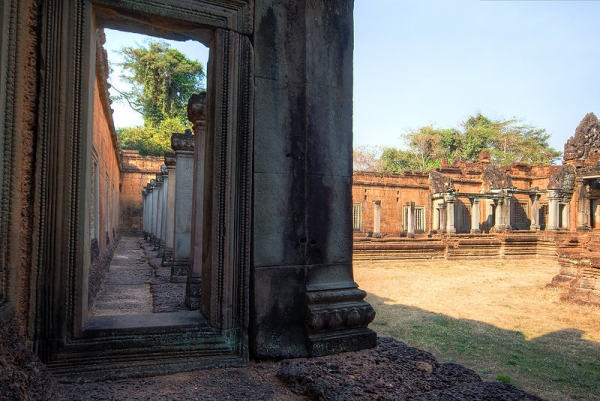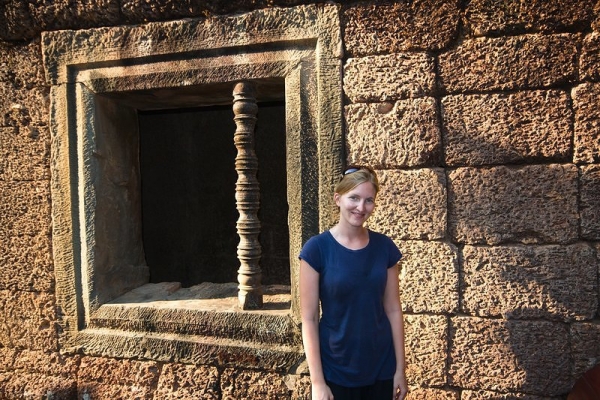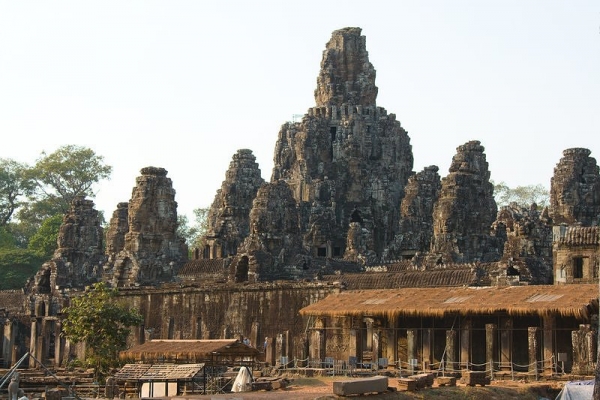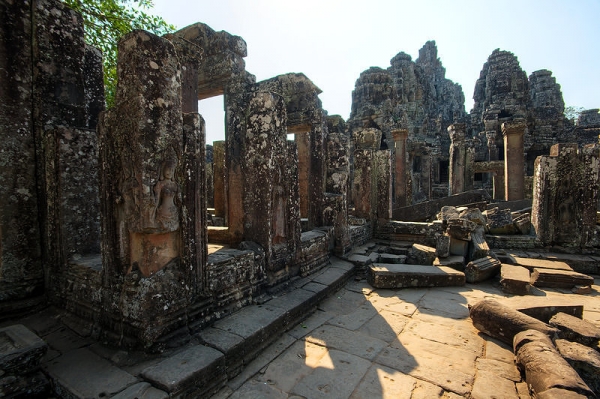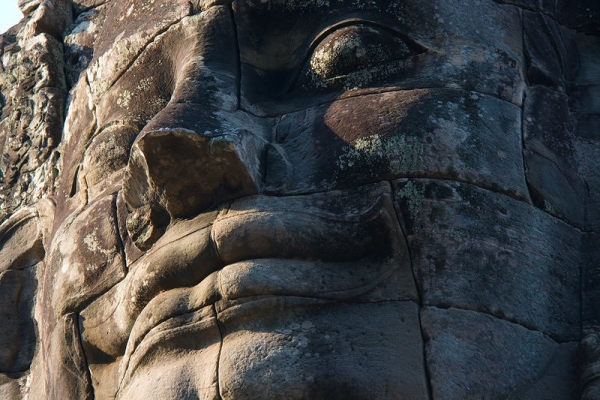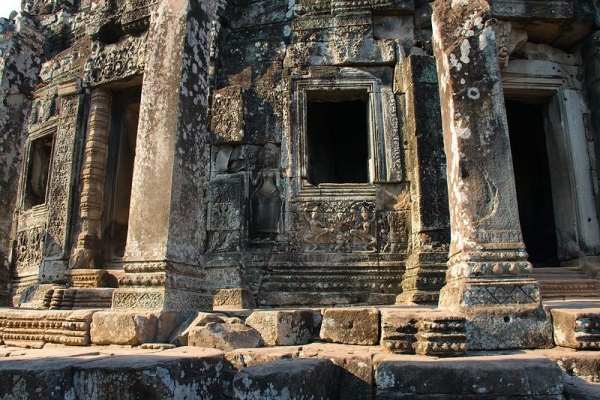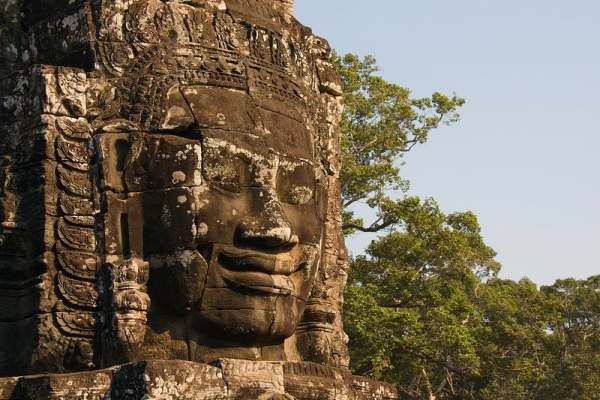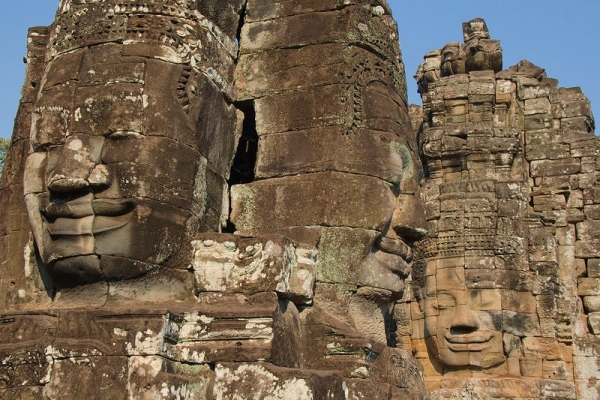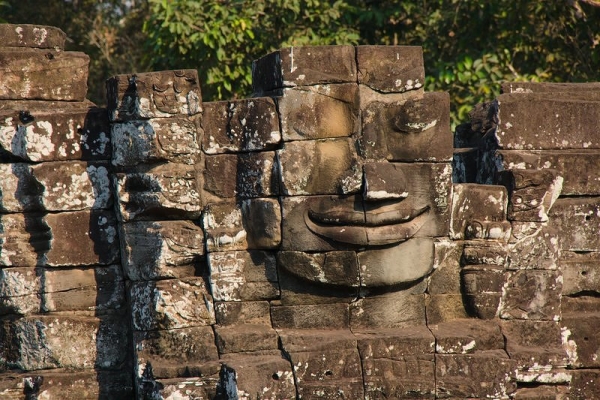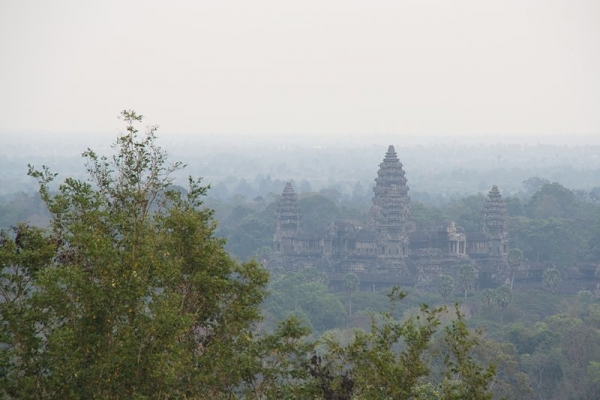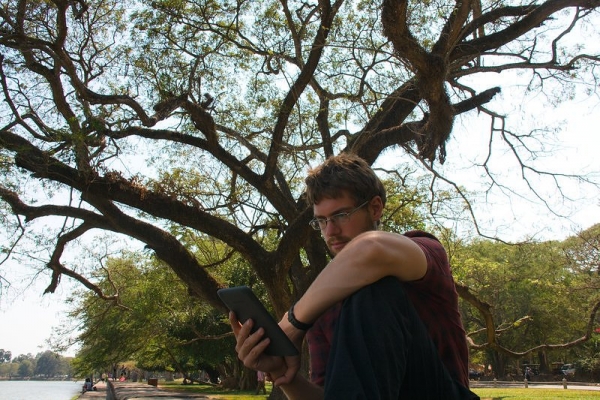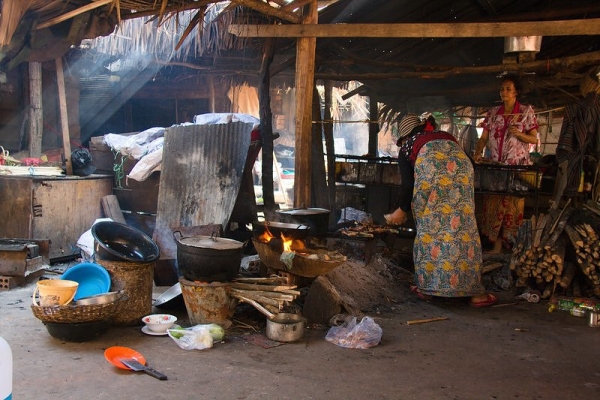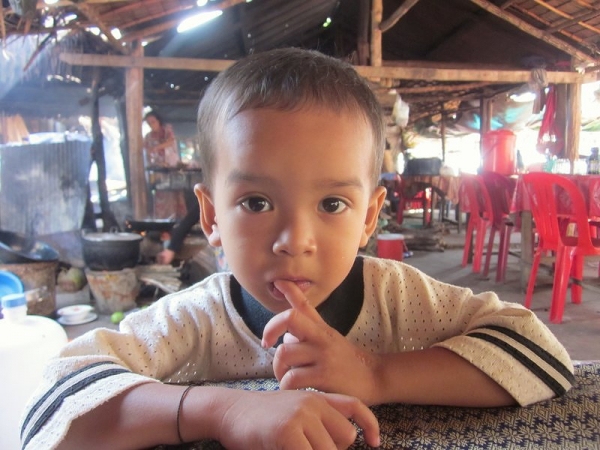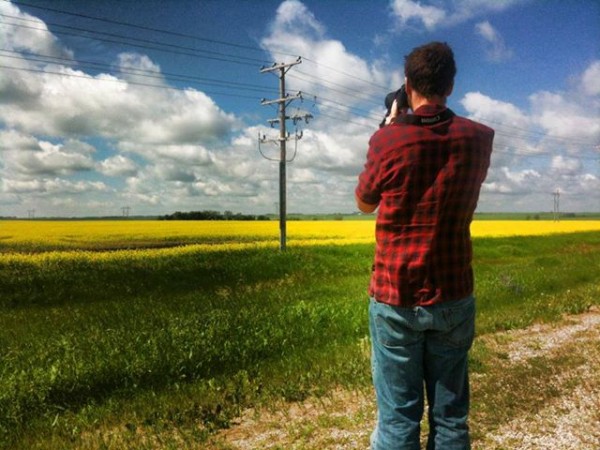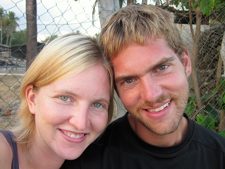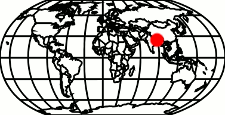I’ve been meaning to write this blog post for a long time…. almost a month now. But every time I sit down to write it, I lose my words. I stare at my computer screen for a while, contemplating how to start. Inevitably, I abandon the project without writing a word.
I can’t even seem to narrow down why I can’t write. In part, I think it may be that I know that I lack the talent as a wordsmith to capture what it’s like to live in Bhutan. Putting this experience into words seems an impossible chore, and has from the moment I arrived. It’s just so different in so many amazing and powerful ways.
Also to blame is the simple truth that I just don’t seem to want to spend a minute of my time here reporting on it, instead of experiencing it. Canada just seems so far away right now… sometimes I forget that there are people at home (and elsewhere) waiting eagerly to see pictures and hear stories of this place.
During our RTW trip, we diligently photographed everything we saw, and had no problems taking breaks from travel every once in a while to catch up on blogging and photo editing. We blogged for our families back home, but also for ourselves – the blog was our record. Our journey. But again, Bhutan is different. Here, I often leave the camera at home because I want to be completely caught up in the moment… documenting the journey seems far less important than living it. So much less important that it doesn’t even rank on my list of things to do. I suppose that’s quite appropriate when in a Buddhist country. You know what they say – when in Rome…
Nevertheless, here is what can only ever be an awkward and inadequate attempt to introduce you to our new life here in Bhutan and to explain just a little about why it is so darn special. It is in no way complete and it certainly lacks details, but hey…. it’s a start.
Bhutan is often described as the last Shangri-La, and it’s easy for me to see why. It is the most beautiful and unique country I have ever had the privilege of visiting. Beauty permeates everything – the landscapes, the architecture, the people, the culture, the rituals, the religion, the language, and even the smallest of interactions. There is an overwhelming sense of community in everything that is done – a culture of friendliness, respect, and hospitality. Gross National Happiness is not just given lip service – it is real and tangible. The people are warm and caring, quick to smile and have an intrinsic pride in their country and traditions. They value happiness over money, friends and family over work, and community over the individual. They are open and honest about their way of life and seem to have a good understanding of the problems facing their little nation (I only use the term “little” to describe the physical size… in any other measure that matters, it is grand).
Don’t misunderstand me. Bhutan is not Utopia. Of course, like any country, it has its share of problems. With the introduction of television and the internet in 1999, the influx of foreign-made items, the seemingly universal desire for Western comforts, a road system that connects new villages every day, and a young, rapidly introduced education system, there are plenty of issues in the new democracy. On a local level, litter covers the walking paths, health care is primitive (especially in the eastern part of the country), the highways are treacherous, and the mountains make comforts difficult to obtain. There is a growing unemployment problem as more and more youth are educated to a higher secondary or post-secondary level, only to find themselves in an economy that doesn’t need their newly acquired skills and knowledge. Bhutan has had a massive growth spurt over the last 15 years, and like any adolescent it is in the awkward growing pains stage.
Nevertheless, the good and the beautiful outweigh the bad. Let me share just a few things that I love about this place:
Starting the Day with Meaning
I have never been more awed than when I first took in the daily assembly at my school. Students were reporting for the first time that morning, and they lined up in perfectly straight rows by class and section with seemingly no instruction. As the assembly began, they fell silent. Student captains led the student body in their morning chanting. Perfectly in unison, the deep baritone of the older boys and the soft, melodic tones of the girls blended together in perfect harmony and filled the space between us and the mountains. I found myself listening from a place deep within. It was surreal, listening to their melodic chants and peering out over their heads at the peaks across the valley as the sun rose in the sky. The students did not appear to be bored or restless with the routine – they remained dedicated and engrossed in the task. It was a deeply spiritual, perfectly beautiful moment that has become one of my favourite parts of each day.
Mandatory Staff Parties
Attendance at staff parties is required of all staff. I’m not kidding… for the first party I was invited to, I had to sign in duplicate that I would attend. As I would find out, attendance was not the only mandatory part of a Bhutanese party… a strong liver, huge appetite, legs that can take hours of sitting on the floor, the ability to say no when you mean yes, acceptance that even when you mean no you will be ignored and served more, a fondness for chilies (or at least the ability to grin and bear them as the tears roll down your cheek and mingle with the snot that drips ceaselessly from your nose), coordinated group dancing, and singing in Dzongkha. All mandatory. Oh, and for the fellas – the ability to open a beer bottle with your teeth.
Of course, attendance doesn’t need to be mandatory. Everyone wants to go anyways. Spouses and children are welcome to join. Community, celebration, and togetherness are the name of the game here.
Smiles.
Everywhere I go, people laugh and smile at me. I am the first white person that most of my students have EVER met. When I say “hi” to the shyer ones on a village path, they turn and run. But first, they giggle and smile. I have had a few rather excited and animated conversations with the elderly woman that lives in the next abode. I have no idea what she was trying to say, but she smiled when she did it. All these smiles are contagious… I find myself grinning like a fool all day. Honestly, I can’t remember a time where I’ve felt so much joy so often.
The only time I have a hard time finding smiles is when I pull a camera out. Most of my students get really serious when they pose for photos. We’ve been working on breaking that habit, so that their beauty and spirit can shine in the photos.
Community
Everything in Bhutan comes down to community and togetherness. In Canada, I can spend an entire day teaching without interacting with another adult in the building. Here, my desk is in a room with half the other staff. I am never alone in the staff room, and there is almost always a conversation to be had. People work hard, but they value their time off. If teachers have a free period and don’t need to be planning or marking, they’re not. I still use my free time to create work for myself. They use their free time to tell stories until they are crying from laughing so hard…. you tell me which one is a better use of time. After work or school, students and teachers alike can be found playing football (or soccer, for all you North Americans), basketball, volleyball, khuru (darts), archery, a table game not unlike airless air hockey, and a game with rocks that I have yet to figure out. And it’s always together. I have yet to see someone go practice archery by themselves, or go for a walk by themselves, or shoot hoops by themselves… when the sun is up, people are outside and together.
Perpetual Kindness
We live 10 km down the mountain from the nearest “town.” It takes 30 minutes by car or maybe 90 minutes of walking to reach Pemagatshel. I have yet to find out the exact length of time required to walk, however, because I can’t make the trek without being invited in for tea (by someone I’ve never met), being offered a ride (whether I’m hitching or not), or stopping to watch the monkeys and langurs playing in the trees. The other day, Mike and I went up to town to visit the ATM since we were literally down to our last dollar (no big deal… everyone at the shops will let us buy on credit). On our walk back down, a car stopped and offered us a ride back to Nangkor. The young man inside (whom we’d never met or even seen before) knew we had been to the ATM and were on our way back home. In any other country, I would be concerned about his intentions in picking us up. Here, the thought of malicious intent didn’t even cross my mind. At least not until much later when a friend mentioned it on Facebook.
My Students
I am just starting to get to know my students, but they are such beautiful people. Their respect, kindness, and curiosity make me smile everyday. In Canada, it was a rare moment to get a thank you from my students. Here, the class thanks me each and every day as I leave their room.
I am so lucky to be here doing what I am doing. As promised, this post didn’t do Bhutan much justice… but, unless you came yourself, I don’t think you could ever truly understand. Maybe that’s why I can’t seem to explain it… it needs to be experienced.
